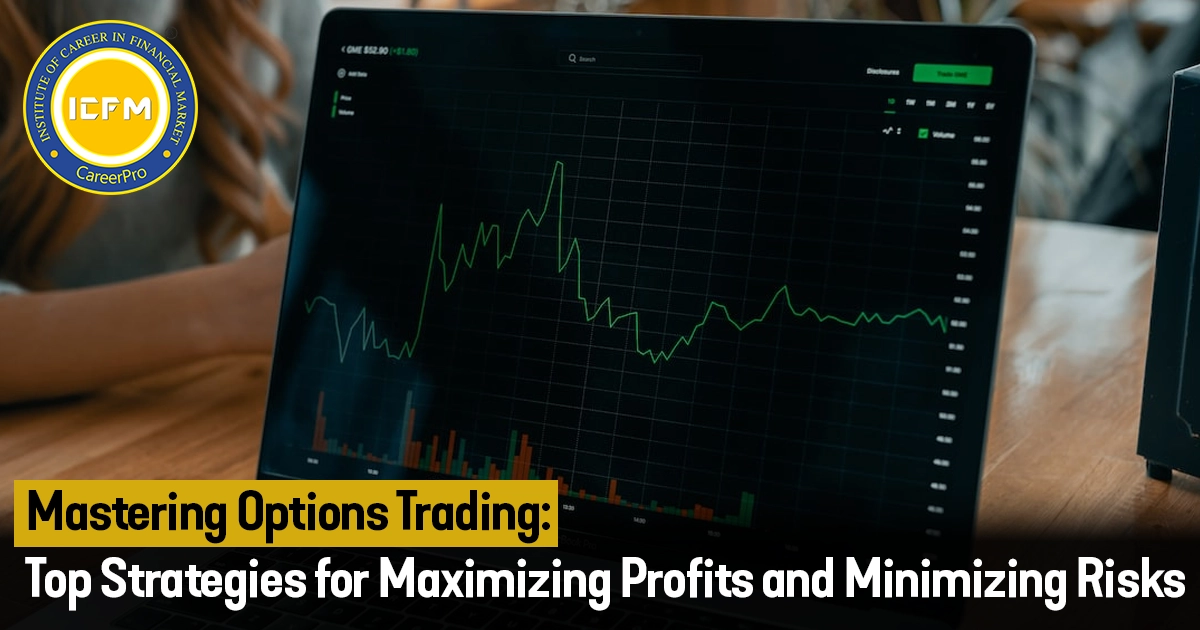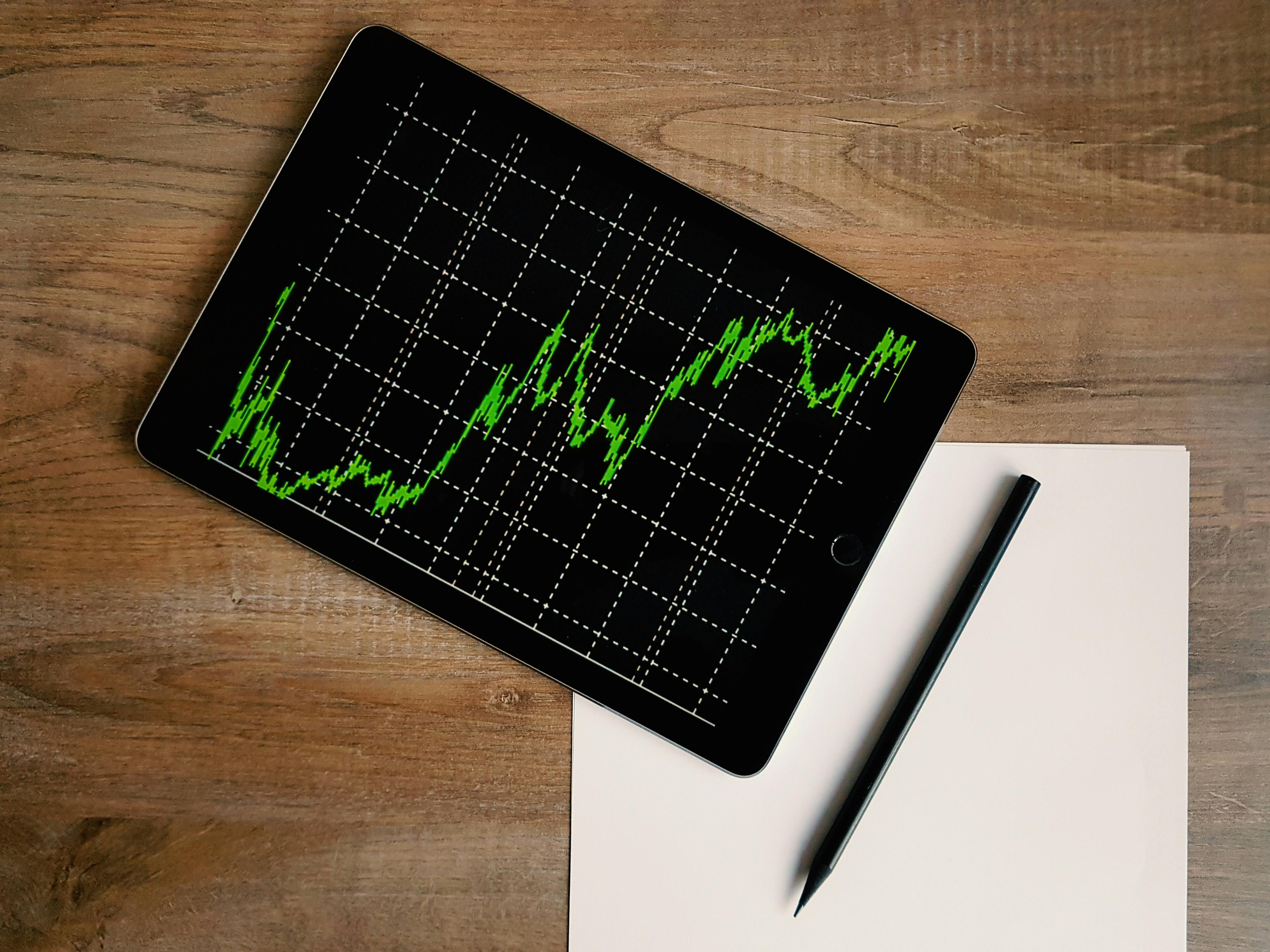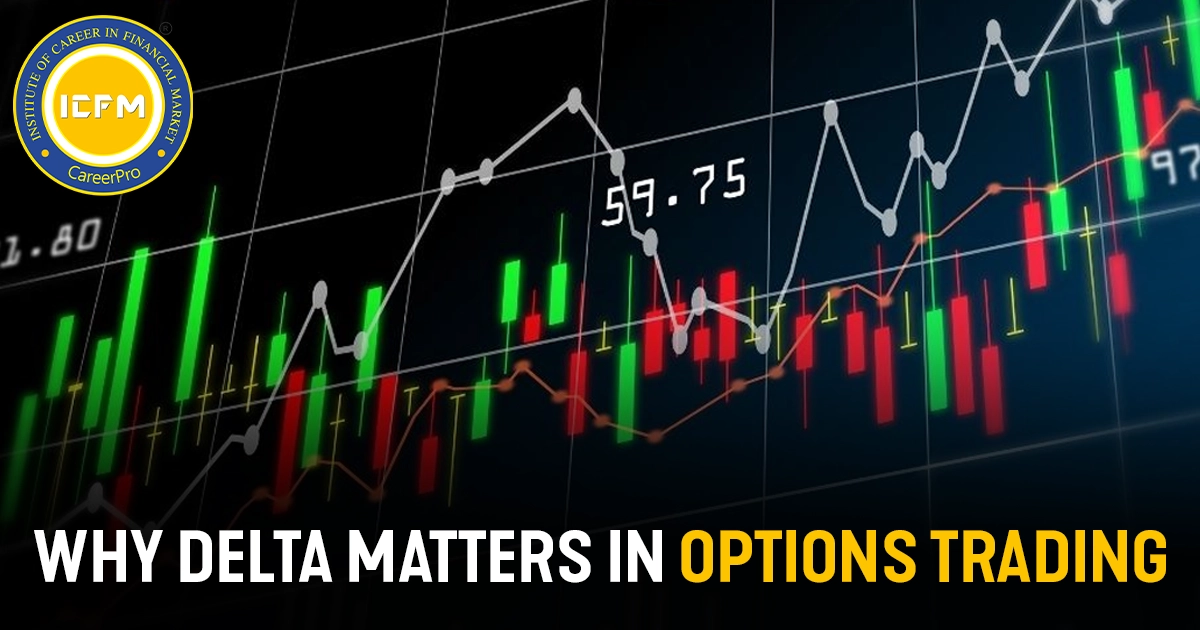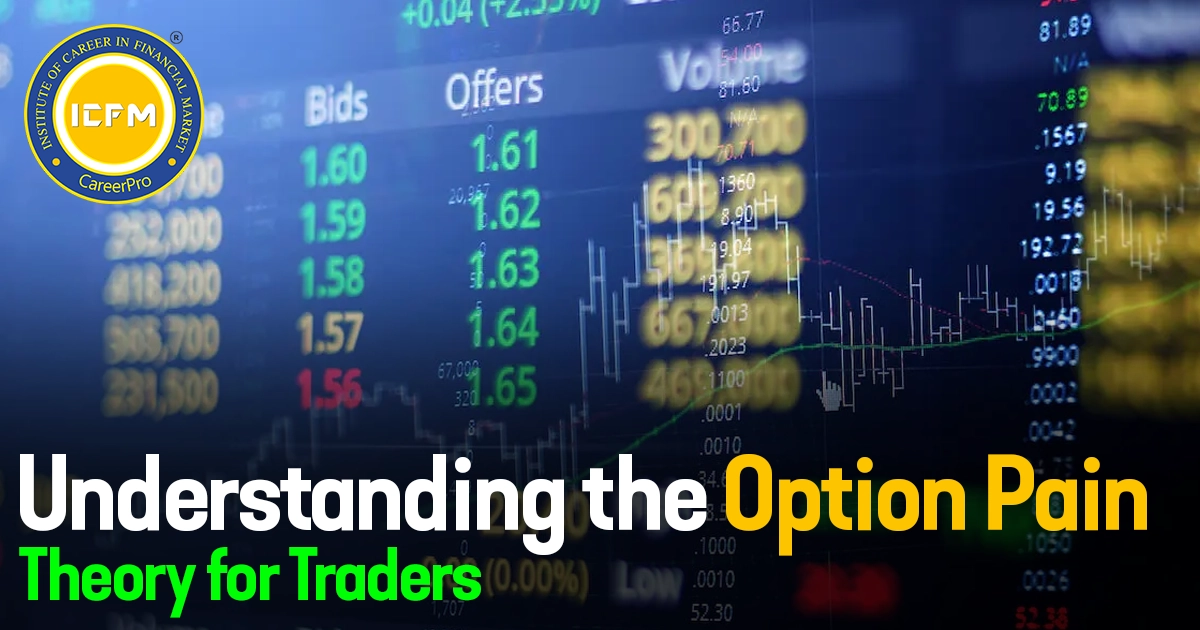Hedging with futures is one of the major strategies to protect investors and businesses against the risks of price changes in assets. How does it go, then?
What Are Futures?
A futures contract is a standardized agreement to buy or sell an asset at a set price at some date in the future. Futures contracts are traded on futures exchanges, and they may be based on a wide variety of assets, such as commodities (oil or wheat, for example), financial instruments (such as stock indices or interest rates), and currencies.
Why Use Futures for Hedging?
Hedging with futures helps manage the risk of adverse price movements. Using futures—for example, if you are a farmer—you can lock in the price of your crops before harvest to protect against the possibility of falling prices. Conversely, if you're an investor or a company reliant on some sort of commodity, you might hedge to lock in current prices and avoid the risk of future price increases.
How Does It Work?
1. Identify the Risk: Determine the exposure to price fluctuations you want to hedge. For instance, assuming you are a wheat farmer, then you are at risk that the wheat price might be low before you sell your crop.
2. Choose the Right Type of Futures Contract: You would have to choose a futures contract that matches the asset and time you want to hedge. You could choose a wheat future contract with a delivery date corresponding to your harvest, for example.
3. Take a Position: Put on a futures contract that offsets your risk. If you're concerned about prices falling, you might sell, or short, futures contracts to lock in a price. If you're concerned that prices are rising, you might buy futures contracts.
4. Monitor and Adjust: You will need to monitor both the market and your hedge position. You will likely need to consider changes in either the marketplace or your exposure and may need to make an adjustment.
5. Settlement: Ordinarily, futures contracts can be settled in two ways:
- Physical Delivery: Actual delivery of the underlying asset; less common in financial hedging.
- Cash Settlement: A cash settlement is one in which the difference between contract price and market price is paid out without the actual asset being physically delivered.
Example
Suppose that you are a coffee roaster and are concerned about rising coffee prices. You can buy coffee futures contracts now to be able to hedge against the risk of higher prices some time into the future. With an increasing price of coffee, your future position would appreciate to account for the increased cost of buying coffee in the spot market. When prices fall, your futures position will lose value, but you benefit from the low prices of coffee in the spot market.
Risks and Considerations
- Basis Risk: The risk that the futures price and the spot price of the underlying asset do not move in perfect correlation.
- Liquidity Risk: It may be difficult to enter or liquidate a position in some futures contracts without significantly affecting the market price.
- Leverage Risk: Futures contracts are typically margined, in that one can usually have a much larger dollar value position with a relatively small amount of money. If the market moves against you, losses will be magnified at least as fast as gains will.
Hedging with futures can be a very powerful hedging tool, but it usually requires lots of planning and a deep understanding of markets.









